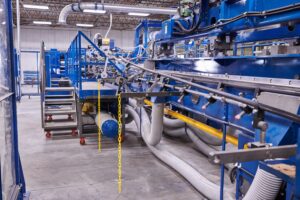 When considering a flexo folder gluer, Open/Close or Set While Run are not the only major considerations to research. Top-printing flexo folder gluers have different advantages and disadvantages than bottom-printing machines and it’s important to understand the difference. Depending on the jobs you run, one configuration may be more favorable to your operation than the other and can help increase capacity and throughput.
When considering a flexo folder gluer, Open/Close or Set While Run are not the only major considerations to research. Top-printing flexo folder gluers have different advantages and disadvantages than bottom-printing machines and it’s important to understand the difference. Depending on the jobs you run, one configuration may be more favorable to your operation than the other and can help increase capacity and throughput.
Sun Global Product Manager, Rob Casella, often asks customers in the initial stages of consideration if they “want a folder that can die cut, or a die cutter that can fold?” The answer to this question lies in your order mix and production goals and will make the difference in purchasing a top-print or bottom-print machine. Keep those important metrics in mind as you read through this blog from Rob Casella, listing three major pros and cons of top-print FFGs and bottom-print FFGs.
Top Print Flexo Folder Gluer
A top printing flexo folder gluer prints from the top of the machine, folds the sheet down and die cuts up from the bottom. When a customer answers Rob’s question with “I want a folder gluer that can die cut” a top-printing FFG is the machine he recommends. This configuration offers some advantages and disadvantages, depending on your needs. Here are three of each:
Pros of Top Print FFG
- High Quality Fold. Considering the sheet folds down on a top print FFG, the machine / its operators do not have to combat outside forces, like gravity, to achieve a high quality fold. Since a top print machine does not use gravity to “drop” the panels toward the manufacturer’s joint, the machine needs a series of belts to fold the panels. These belts support the panel and assure an accurate fold. Some machine use “gauging rollers” to assist in the folding process reducing the chance for “rolled scores. “A top-printing FFG is a folder gluer that CAN die cut but performs best in applications that need precise folds with simple die cut needs.” Due to the high control and support of the sheets, these machines can assure accurate folds and gaps at high speeds, up to 400 kpm!
- Works Well with Set While Run. On a set-while-run (SWR) machine, it is much easier for an operator to set the printing plates on the machine from the top, instead of the bottom, during production. A top printing SWR FFG doesn’t need a pit underneath to access the print sections, saving converters a large sum in machine price and installation costs,. Top Print SWR machines are also much safer without pits and reduces the risk of slip and falls.

- Less Challenging to Produce Quality Fold. As stated before, it is easier to achieve a high quality fold on a top-printing flexo folder gluer. This means, less experienced operators should experience fewer issues achieving precise folds. Reduce waste due to operator error with a top-print FFG.
Cons of Top Print FFG
- Not Best for Aggressive Die Cuts. Though ideal for quality folds, a top-printing FFG is not the ideal match for achieving aggressive or intricate die cuts. Considering a top-print machine die cuts from the bottom, the scrap is ejected above the boardline and can get blown back up towards the sheet and caught in the end product.

bottom die cutter with microgrind anvil trimmer Using a top-print FFG for minimal die cutting such as hand and vent holes is best. Most top print machines use ejector pins to remove the scrap from the die board (not the product). These pins and the die boards add extra cost to the tooling. The user will need to determine if this additional cost is allowable depending on the volume of boxes produced and repeat orders.
- Doesn’t Work Well in Larger Size Machines. JUMBO flexo folder gluers accommodate large sheets, and the bigger the sheet, the more likely it is to drag on the floor when folding down on a top-printing machine. That is why Latitude Machinery and many other FFG OEMs stop producing top-printing FFGs at 50” and switch to bottom printers for their JUMBO (66” and over) lines.
- The Sheet Must Be Flipped Before Printing. Sheets coming off the corrugator have their outside liner facing down; on a top print FFG the print side needs to be facing up to print properly on the outside of the box. To do this, Converters will need to have a process to manually flip the box or invest in machinery capable of flipping the sheets before it enters the feed table.
Bottom Print Flexo Folder Gluer
A bottom printing flexo folder gluer prints from the bottom of the machine, folds the sheet up and die cuts up from the top. When a customer answers Rob’s question with “I want a die cutter that can fold” a bottom-printing FFG is the machine he recommends. This configuration offers some advantages and disadvantages, depending on your needs. Here are three of each:
Pros of Bottom Print FFG
- Best for Heavy Die Cutting. On a bottom printing machine, the die cutter is located at the top and scrap is ejected down, below the boardline. This configuration allows for scrap to fall getting very little of it in the finished product. Bottom printing machines are great for shelf-ready products and other die cut heavy jobs.

- Don’t Need to Flip the Sheet. For bottom print FFGs, the print side is facing the proper way coming from the corrugator, eliminating the need to flip the sheet prior to printing. This saves your operations time and money.
- Accommodates Larges Sheets. Bottom printing flexo folder gluers print from the bottom and fold the sheet upward. This configuration works well for large sheets, allowing more space for a clean fold. Bottom printers avoid this problem and can easily fold large sheets without worry.
Cons of Bottom Print FFG
- Not Ideal for Set While Run. Due to the added complications and cost of high board lines and pits, a bottom printing FFG is not ideal for SWR applications. For bottom printing SWR FFGs, the machine will need a pit placed underneath the print sections to allow operator access during production. This increases machine cost, installation costs and safety risks for operators.
- More Challenging to Achieve a Good Fold. For bottom-printing FFGs, we recommend a more experienced operator be placed on the machine considering there are more factors working against the machine to achieve a good fold. “Plowing” is a term used in the past to describe the fishtailing of the manufacturer’s joint. Heck, the machine’s folding rails were even called “plows” at one time. Since the folding section does not support the panels during the folding process (especially after the panel is beyond “top dead center”, the panel could fall is a way to introduce rolled scores and inconsistent folding gap.

- May Need a More Experienced Operator. A bottom print machine may need more attention from operators and require a more skilled operator to make corrections, mainly in the fold section. Adjustment of folding rails and rods based on board caliper and grade is required. These machines have a difficult time maintaining an accurate fold and gap at high speeds unless an attentive operator is at the controls. An experienced operator understands the machines they work on and has more “finesse” in identifying and correcting issues in the machine.
A Folder That Can Die Cut or a Die Cutter that can Fold?
Now that you better understand the advantages and disadvantages of both top printing FFGs and bottom printing FFGs, we ask you the same question. “Do you need a folder that can die cut, or a die cutter that can fold?”…
We’d recommend purchasing a top-printing FFG if you have an order mix that relies on high quality folds, set-while-run production, minimal die cuts, newer operators and the sheets are not too large. If you’re running large sheets or heavy die cut jobs with minimal folding, we recommend a bottom-printing machine with an experienced operator nearby. Of course there are many other factors to consider, and our team is standing by to assist you.
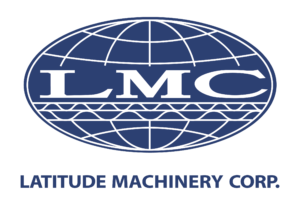 Sun Automation is the exclusive representative of Latitude Machinery Flexo Folder Gluers and Rotary Die Cutters in North and Central America. Our team would be happy to partner with you in your search for a quality top or bottom printing flexo folder gluer that fits your operations best. Contact us today to discuss your production goals to get started.
Sun Automation is the exclusive representative of Latitude Machinery Flexo Folder Gluers and Rotary Die Cutters in North and Central America. Our team would be happy to partner with you in your search for a quality top or bottom printing flexo folder gluer that fits your operations best. Contact us today to discuss your production goals to get started.
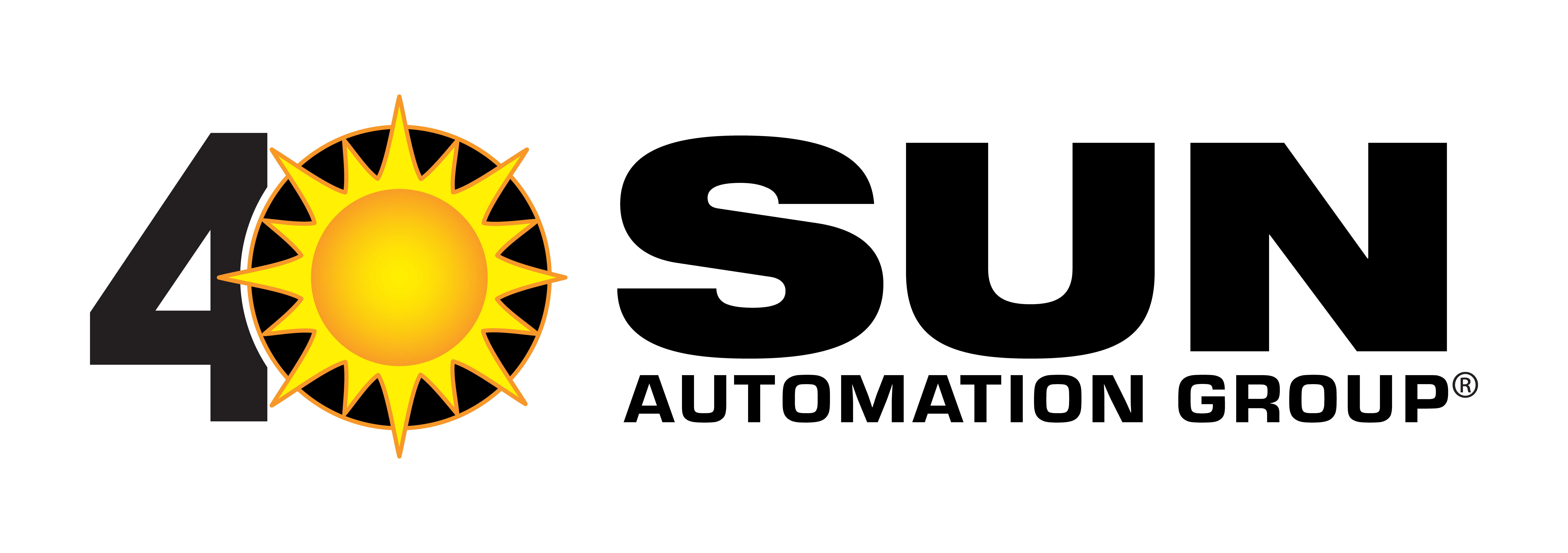
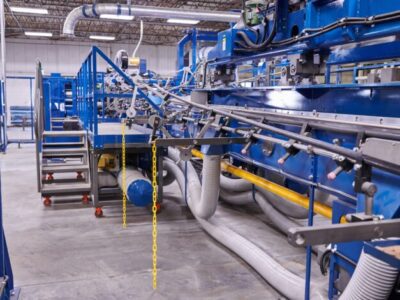


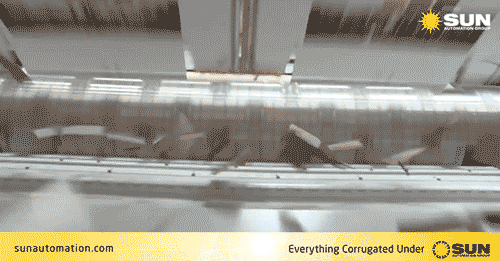

 Helios IIoT Gets Introduced to the Market by Corrugated and Packaging Industry Press
Helios IIoT Gets Introduced to the Market by Corrugated and Packaging Industry Press